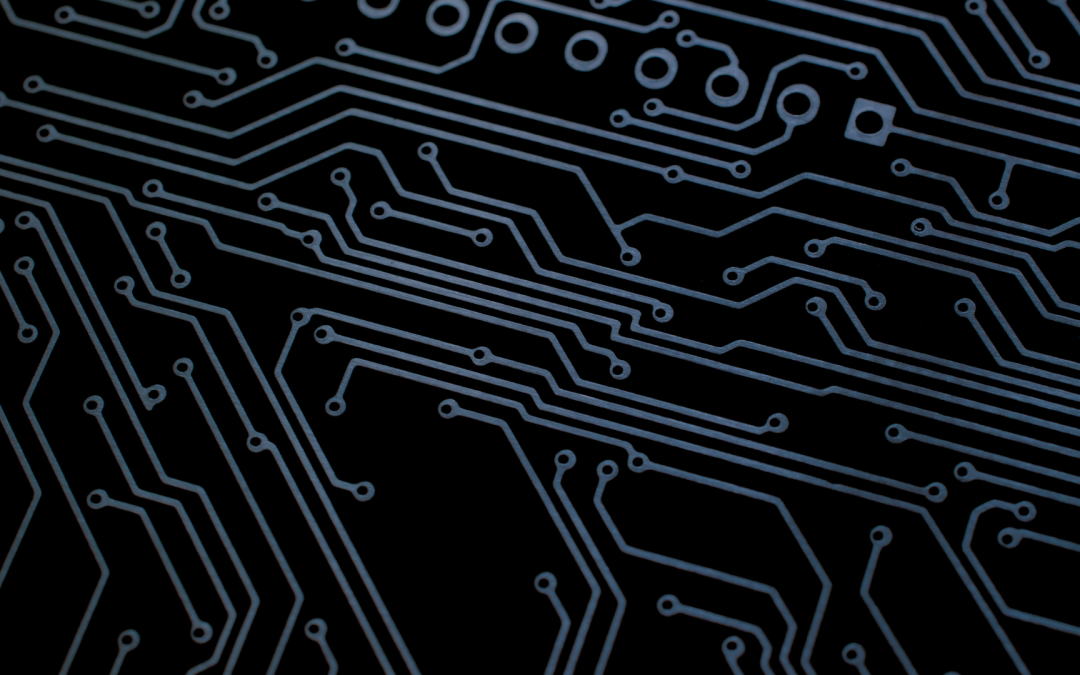With each passing day, PCB layout keeps evolving with new developments and requirements in electronics. PCB problems like complexity in the dynamics hold great significance in determining the industry’s structure. A PCB, a printed circuit board, has the circuits and components in electronic designs like a canvas. This complex system follows the often-underestimated art and science of PCB layout.
The fundamental importance of PCB layout in electronics design is explored in its key role in shaping electronic device performance, reliability, and manufacturability. From the meticulous placement of components to the complexities of signal routing, let’s examine the critical aspects highlighting the significance of PCB layout in crafting innovative and robust electronic systems.
The Impact Of A PCB Layout On Electronic Design
A PCB layout is the arrangement of components, thoughtful routing of traces, and strategic consideration of power and thermal aspects. It directly impacts electronic performance and determines the overall functionality and reliability of the electronic system. The impact of PCB layout on electronic performance is profound, influencing electronic devices’ functionality, reliability, and efficiency.
Signal Integrity
Guaranteeing consistent signal trace lengths helps maintain signal integrity by preventing timing mismatches. This is crucial for high-speed digital signals to arrive at their destinations simultaneously, minimizing issues like signal skew.
On the other hand, maintaining proper impedance throughout signal traces is also vital. This prevents signal reflections and ensures that the signal arriving at its destination matches the impedance of the receiving component, reducing signal degradation.
However, thoughtful consideration of signal paths involves minimizing crosstalk between adjacent traces and avoiding parallel routing of high-speed and low-speed signals. This helps preserve signal quality, especially in environments where electromagnetic interference (EMI) can be a concern.
Power Distribution
Designing a robust power distribution network involves placing power planes strategically and using low-impedance paths to deliver power efficiently to all components. This minimizes voltage drops and ensures each component receives a stable power supply, preventing performance issues and potential damage.
Thermal Management
The placement of components on the PCB influences their heat dissipation. Grouping high-power components and considering their proximity to heat sinks or thermal vias helps manage temperature effectively.
At the same time, incorporating thermal vias allows heat to dissipate from the components to other layers or external heat sinks. Proper placement and design of these vias are essential to prevent overheating, which could otherwise lead to performance degradation or component failure.
For components that generate significant heat, heat sinks can be crucial—placing these sinks strategically and ensuring a good thermal interface with the components aids in dissipating heat efficiently, maintaining optimal operating temperatures.
Considerations for PCB Layout Designers
The following considerations are important for a PCB layout design process. Designers can enhance the overall performance and scalability of electronic devices. Having an approach helps a robust product and contributes to cost-effectiveness and efficiency throughout the production lifecycle.
Reliability and Robustness
It begins with strategic component placement, where designers aim to minimize thermal stress and enhance overall reliability. Placing components with consideration for heat-producing elements and thermal dissipation holds a balanced thermal profile across the board. Trace routing focuses on creating robust connections. This involves avoiding sharp angles, minimizing the use of vias, and optimizing trace widths to enhance signal integrity and prevent potential points of failure.
EMI/EMC Considerations
Electromagnetic interference (EMI) and electromagnetic compatibility (EMC) require implementing a solid ground plane, which provides a low-impedance return path. Designers must meticulously address signal integrity through shielding techniques and controlled impedance to reduce signal coupling and radiated emissions. Additionally, the strategic integration of filters and ferrite beads helps mitigate EMI issues at their source.
Design for Manufacturability
Efficient and cost-effective production relies on a PCB layout designed for manufacturability. One key aspect is optimizing component placement and orientation to align with automated assembly processes, minimizing the need for user intervention and diminishing the risk of errors during assembly. Using standardized and readily available components simplifies the supply chain, contributing to cost-effectiveness.
Moreover, designers should consider assembly testing during the design phase, incorporating test points and ensuring accessibility for automated testing equipment.
Wrap Up
The precision of PCB layout design wields a profound influence on electronic devices’ reliability, electromagnetic compatibility, and manufacturability. By navigating the intricacies of component placement, addressing EMI/EMC challenges, and embracing manufacturing efficiency, PCB layout designers become architects of not just circuits but resilient and seamlessly producible innovations that power the future of electronics.


Recent Comments